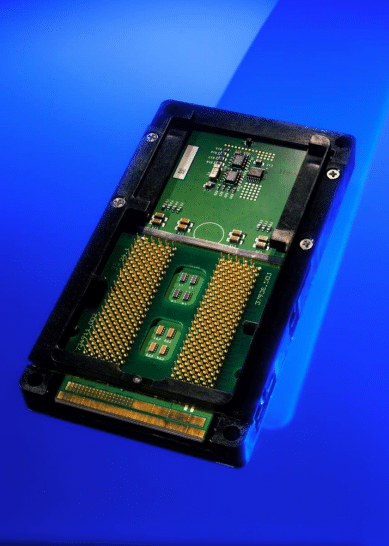Intel Itanium, The Neverending Story (PCGH-Retro May 29)


The Intel Itanium is coming, the never-ending story of woe takes its course – that happened on May 29th. Every day, PC Games Hardware dares to take a look back at the young but eventful history of the computer.
…2001: The story began as early as 1989: At that time, HP started developing a completely new server processor architecture that would allow multiple commands to be executed in parallel. However, this endeavor soon proved to be too expensive and too ambitious, so HP brought Intel on board in 1994. Together they wanted to bring the first product of this 64-bit architecture, now called IA-64, the Merced, onto the market in 1997 and thus soon dominate the server market – other architectures such as Alpha, MIPS or SPARC should soon be supplanted. However, Intel had apparently overreached itself, because the Merced will only be officially presented as “Itanium” on May 29, 2001 – the first servers with the processor are not yet available. The chip runs at 733 and 800 MHz and is far too slow: Competing RISC architectures and even x86 processors are at least on a par with the Itanium, sometimes even ahead of it. The Merced is too expensive for this weak performance, its programming is extremely complex and classic 32-bit code (unlike AMD’s later 64-bit architecture) only runs in a very slow software emulation. Again and again Intel has to reduce the targeted sales figures. Most problems are corrected with later Itanium versions – but the bad reputation sticks to the monster processor, often mocked as “Itanic” in reference to the sunken Titanic, even years later.
Reference-www.pcgameshardware.de